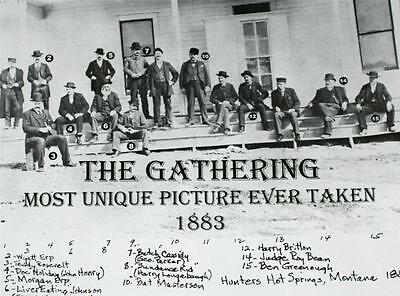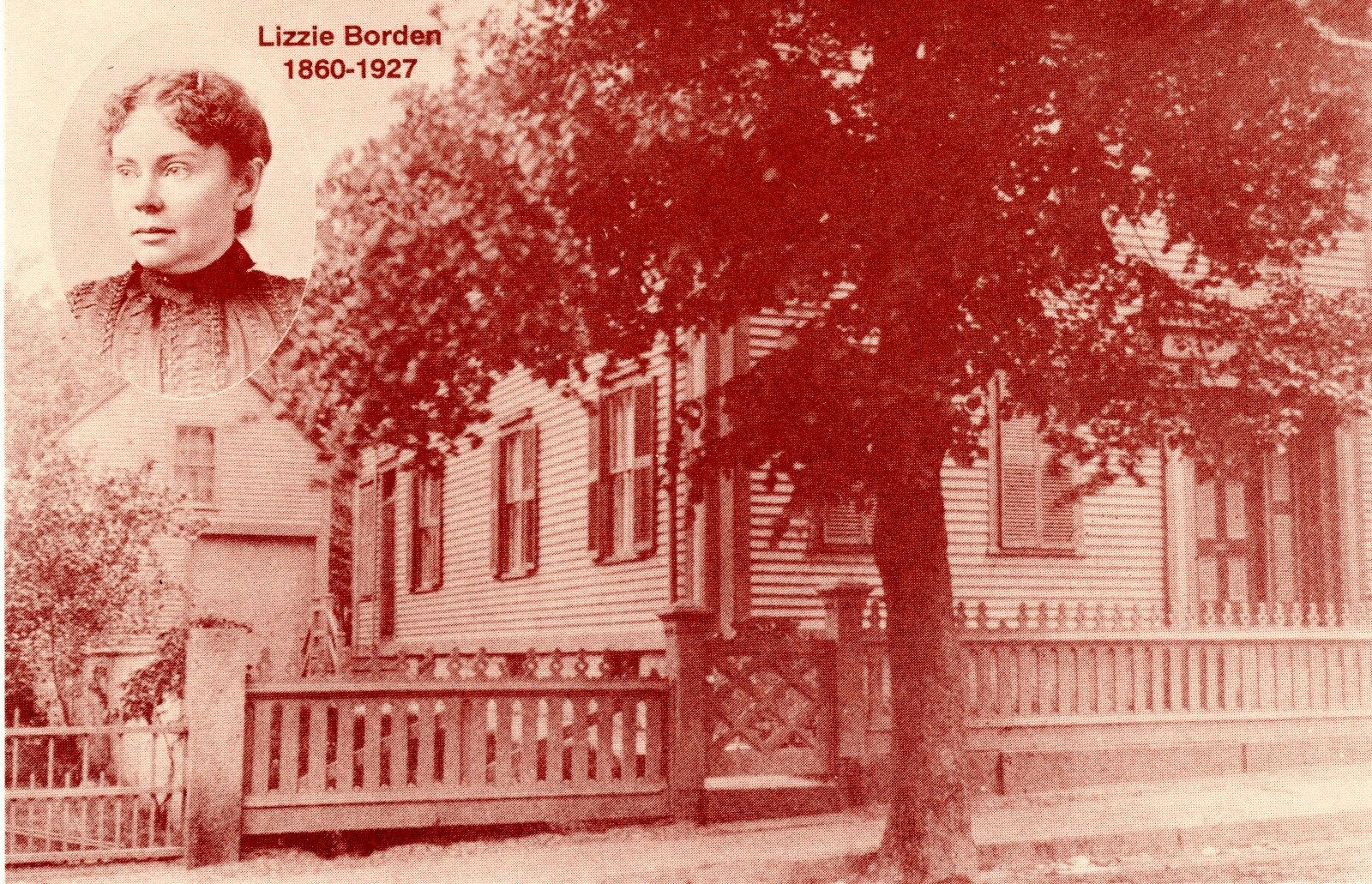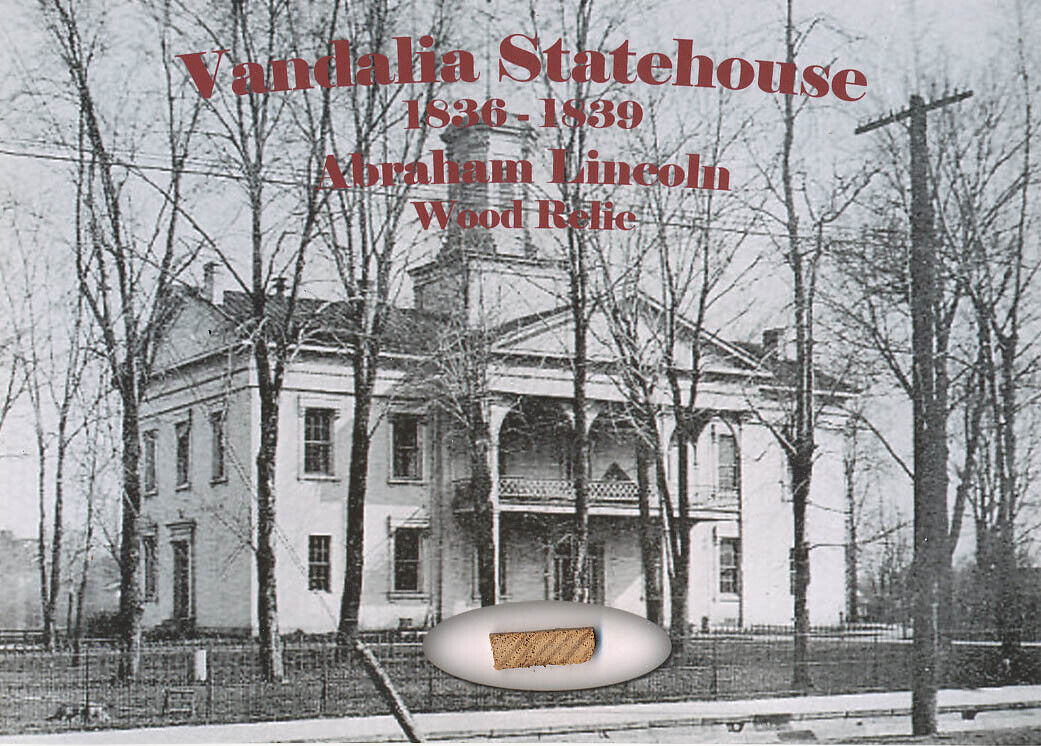-40%
1920’s Berlin Gauleiter Germany anti Dawes Plan Angry Fist & Chains Stickpin
$ 34.32
- Description
- Size Guide
Description
A circa 1924 Berlin Gauleiter Germany anti Dawes Plan stickpin that has an angry clinched fist with chains. The 1924 Dawes Plan was to resolve the German World War I reparations issue that Germany had to pay the Allied Countries back after World War I. Apparently many Germans were angry with the Dawes Plan or any other reparations to the WWI Allies. The back of the stickpin has“Gau Berlin”
which is the administrative rule of Berlin and is short for
“Gauleiter Berlin”.
This stickpin shows this anger which eventually lead to the right wing Fascists Nazi party ruling Germany by the early 1930’s. The stickpin has a clinched fist and chains and states
“DAWES!”
The back of the stickpin states
“N.S.D.A.R. GAU BERLIN”
The stickpin is ½ x 2 1/8 inches in size and is in nice condition.
Please see the other vintage items I have listed on eBay.
Thanks for looking.
Dawes Plan
The
Dawes Plan
(as proposed by the Dawes Committee, chaired by
Charles G. Dawes
) was a plan in 1924 that successfully resolved the issue of
World War I reparations
that Germany had to pay. It ended a crisis in European diplomacy following
World War I
and the
Treaty of Versailles
.
The plan provided for an end to the Allied occupation, and a staggered payment plan for Germany's payment of
war reparations
. Because the Plan resolved a serious international crisis, Dawes shared the
Nobel Peace Prize
in 1925 for his work.
It was an interim measure and proved unworkable. The
Young Plan
was adopted in 1929 to replace it.
Main points of the Dawes Plan
[
edit
]
In an agreement of August 1924, the main points of
The Dawes Plan
were:
1.
The Ruhr area was to be evacuated by foreign troops
2.
Reparation payments would begin at one billion marks the first year, increasing annually to two and a half billion marks after five years
3.
The
Reichsbank
would be re-organized under Allied supervision
4.
The sources for the reparation money would include
transportation
,
excise
, and
customs taxes
5.
Germany would be loaned about 0 million, primarily through Wall Street bond issues in the United States
[7]
The bond issues were overseen by consortium of American investment banks, led by
J.P. Morgan & Co.
under the supervision of the US State Department. Germany benefitted enormously from the influx of foreign capital. The Dawes Plan went into effect in September 1924. Dawes and Sir
Austen Chamberlain
shared the
Nobel Peace Prize
.
The economy of Germany began to rebound during the mid-1920s and the country continued with the payment of reparations—now funded by the large scale influx of American capital. However, the Dawes Plan was considered by the Germans as a temporary measure and they expected a revised solution in the future. In 1928, German Foreign Minister Gustav Stresemann called for a final plan to be established, and the
Young Plan
was enacted in 1929.
Results of the Dawes Plan
[
The Dawes Plan resulted in French troops leaving the Ruhr Valley. It provided a large capital influx to German industry, which continued to rebuild and expand. The capital now available to German industry functionally transferred the burdens of Germany's war reparations from German government and industry to American bond investors. The Dawes Plan was also the beginning of the ties between German industry and American investment banks.
The Ruhr occupation resulted in a victory for the German steel industry and the German re-armament program. By reducing the supplies of coal to France, which was dependent on German coal, German industrialists managed to hobble France's steel industry, while getting their own rebuilt. By 1926, the German steel industry was dominant in Europe and this dominance only increased in the years leading to WWII.
[8]











